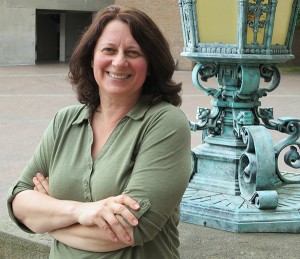
Veronica Muskheli is fascinated by the origins of Russian Jewish folktales.
As a Research Scientist specializing in microscopy, Veronica Muskheli knows that a picture is worth a thousand words. Her work at the UW’s Murry Laboratory, a leading center in the study of cardiovascular diseases, often involves generating images that illustrate complex biological processes. Thanks to an eye-opening course at UW, Veronica is now focusing her lens on rather different terrain: Russian-Jewish folklore.
Professor Barbara Henry’s class on Russian Folk Literature was the catalyst in Veronica’s academic journey from heart tissue into Slavic Studies. Her research project for that course examined fairy tales of the Russian North and led her to discover an important but little-studied Russian-Jewish ethnographer named Tseitlin. Not much is known about him beyond the fact that he was a political exile on the White Sea and collected the folktales of peasant women in the early 1900s.
Where some scholars might have seen a dead end, Veronica saw an exciting opportunity to shed light on a pioneering ethnographer. Finding out more about his life and his methodology is one part of the picture; she is also curious about how his work fits into the broader dynamics of Russophone Jewish and Yiddish culture of the early twentieth century. To that end, Veronica spent part of this past summer scouting out fieldwork locations in St. Petersburg and elsewhere in the Russian North, identifying promising archival sources for her research.
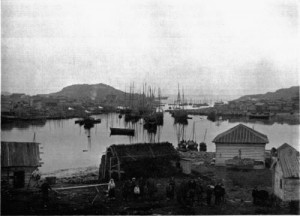
Gavrilovo, a village on the White Sea, circa 1914.
Winner of the Richard M. Willner Memorial Scholarship in Jewish Studies, Veronica is entering her second year of doctoral work (advised by Professor Henry)and has a busy year planned for 2012-2013. She is a leader among her graduate student cohort, organizing a Slavic Studies research group as well as participating in the Jewish Studies Fellows’ Forum. Expanding her knowledge of the Slovene language and literary theory are top priorities, and she will be presenting her findings at two professional conferences.
As she embarks upon her new academic pursuits, Veronica exemplifies the intellectual drive and love of discovery that we encourage among our graduate students and undergraduates alike. And best of all, she does it with heart.
Editor’s note: This article by Hannah Pressman appeared as part of the Stroum Jewish Studies Program’s Fall 2012 Annual Report. Click here to access the full PDF of the newsletter, which includes feature articles, a Sephardic Treasures photo spread, Save-the-Dates, and more.


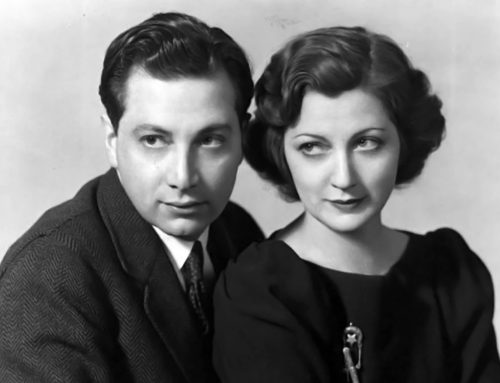
![Muestros Artistas [Our Artists]: Bringing Sephardic Art and Community Together at the UW](https://jewishstudies.washington.edu/wp-content/uploads/2023/08/UWJS_Muestros-Artistas-cropped-500x383.jpg)
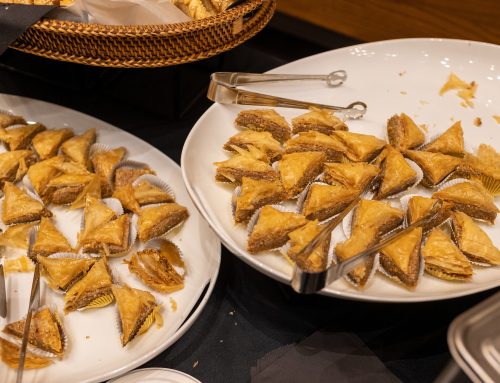
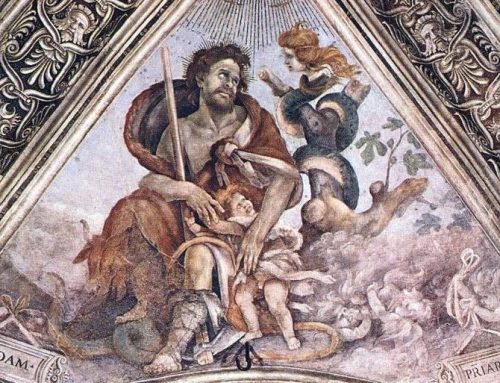
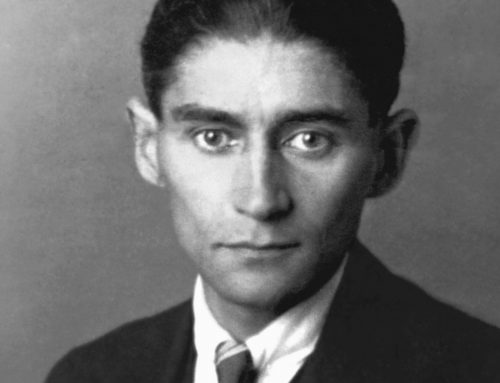
Leave A Comment